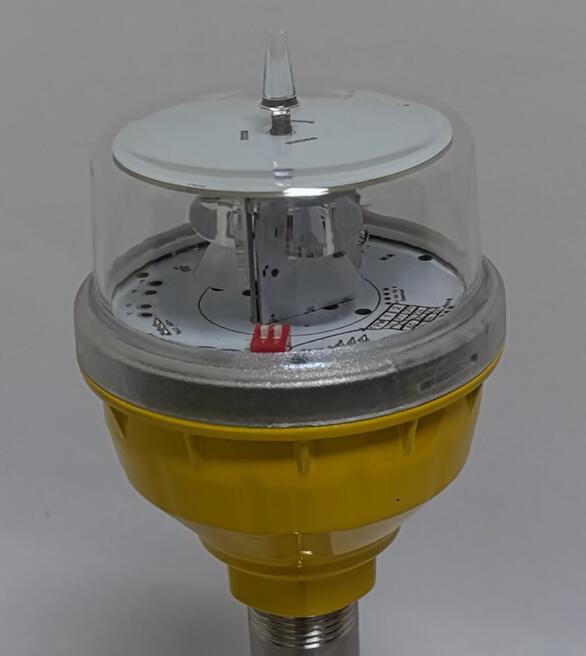Navigating the Realm of Low Intensity Obstruction Light
In the vast expanse of the scientific world, there exists a phenomenon that often goes unnoticed yet holds significant implications – low intensity obstruction light. This seemingly innocuous combination of words harbors a complexity that demands our attention and exploration.
Low intensity obstruction light refers to a form of light that has a relatively low level of intensity and acts as an obstacle or hindrance in various contexts. It is a concept that may not be immediately familiar to many, but its presence can be felt in numerous fields and applications.
In the field of astronomy, low intensity obstruction light can pose a challenge to astronomers seeking to observe distant celestial objects. The night sky is a tapestry of stars, galaxies, and other wonders, but the intrusion of even low intensity light can disrupt observations. Light pollution from urban areas, for example, can create a background glow that obscures faint astronomical objects. Additionally, natural phenomena such as airglow and zodiacal light can also contribute to low intensity obstruction. Astronomers must employ advanced techniques and instruments to filter out or compensate for this unwanted light, enabling them to study the cosmos more effectively.

In the realm of optics and photonics, low intensity obstruction light can have a significant impact on the performance of optical systems. In fiber optic communications, for instance, even a small amount of low intensity light that leaks into the fiber or is scattered within it can degrade the signal quality. Researchers are constantly striving to develop new materials and designs that can minimize the effects of low intensity obstruction light and ensure reliable transmission of data. Similarly, in optical imaging systems, such as microscopes and cameras, low intensity obstruction light can reduce contrast and resolution, making it more difficult to obtain clear and detailed images. By understanding the properties of low intensity obstruction light and developing strategies to counteract it, we can improve the capabilities of these important technologies.
| low intensity obstruction light | RED LIGHT |
The environment is also affected by low intensity obstruction light. Many organisms rely on natural light cycles for their survival and reproduction. Artificial lights, even those of low intensity, can disrupt these cycles and have a negative impact on wildlife. For example, sea turtles may become disoriented by the glow of streetlights near the beach, while migratory birds may be confused by the illumination of tall buildings. Additionally, low intensity obstruction light can affect plant growth and photosynthesis, potentially altering the balance of ecosystems. As we become more aware of these effects, we can take steps to reduce unnecessary lighting and minimize the impact on the natural world.
Despite the challenges posed by low intensity obstruction light, it also offers opportunities for innovation and discovery. Scientists and engineers are exploring ways to harness this phenomenon for various applications. For instance, low intensity obstruction light could be used in sensors and detectors to monitor environmental conditions or detect the presence of specific substances. It could also be employed in optical computing and quantum technologies, where precise control of light is essential. By understanding and manipulating low intensity obstruction light, we may unlock new capabilities and open up new frontiers in science and technology.
In conclusion, low intensity obstruction light is a complex and multifaceted phenomenon that has implications across a wide range of disciplines. While it may present obstacles and challenges, it also holds the potential for innovation and discovery. By delving deeper into this mysterious realm, we can gain a better understanding of the role of light in our world and develop solutions to overcome its obstructions. Whether in astronomy, optics, environmental science, or other fields, the exploration of low intensity obstruction light is a journey that promises to yield valuable insights and advancements.
